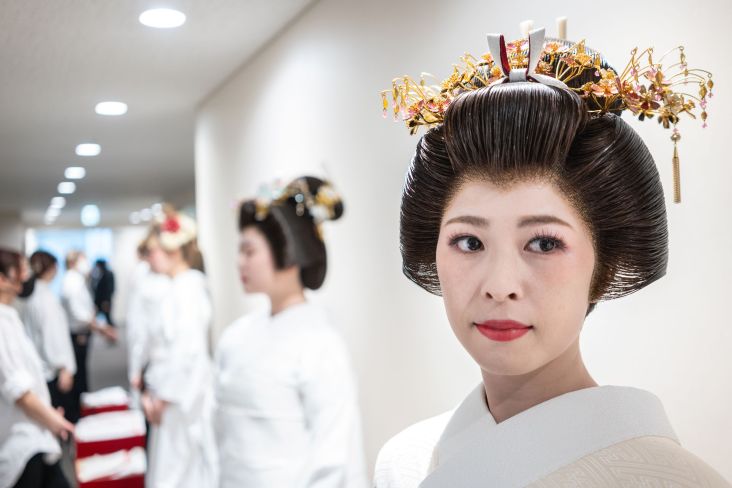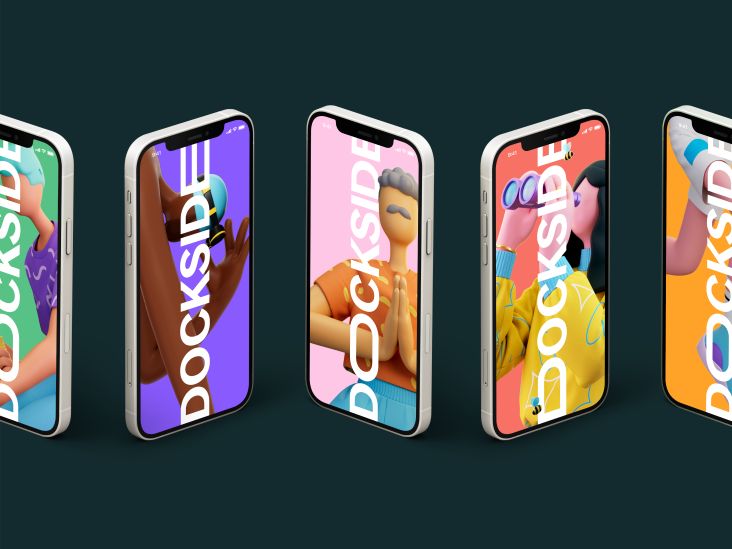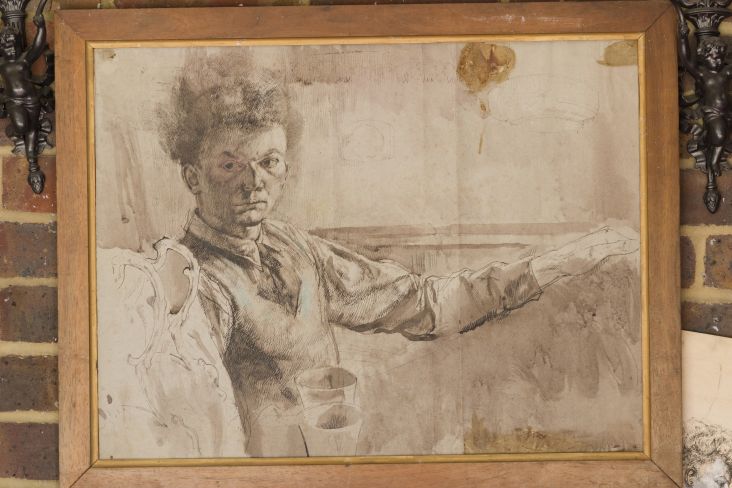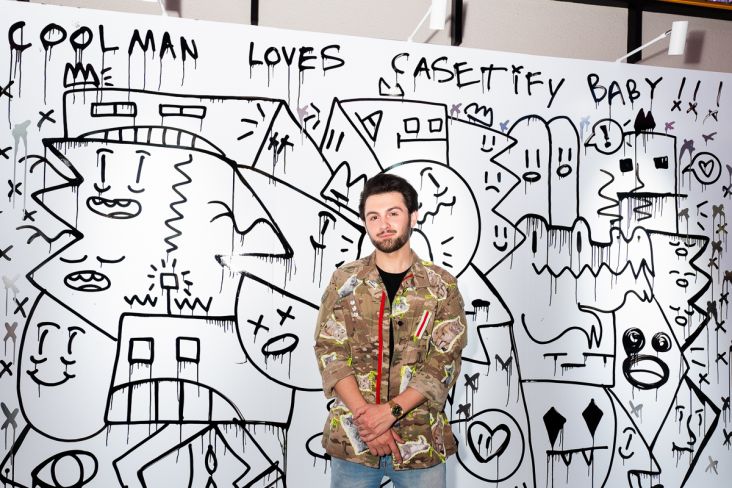F37 designs a typeface that embodies the 'charm and idiosyncrasy' of industrial Manchester
Using the letters on the façade of the well-known Great Northern Warehouse, the foundry created a font that "breaks modern expectations".
Manchester-based type foundry F37 has revived the facade brick lettering on the Great Northern Warehouse, expanding the 19 letters on the building into an industrial typeface.
While many of the famous red brick buildings in Manchester are no longer used for industry, they are still viewed as iconic pieces of history, and many of the facades have been maintained to preserve the city's industrial typographic landscape. F37 founder Rick Banks describes the facades as "a fantastic time capsule and resource for typographic inspiration".
He explains how buildings such as the Great Northern Warehouse, Hotspur Press and the Dunlop Factory display "a pragmatic approach towards letterforms that reflects the attitudes of the industrial Mancunian".
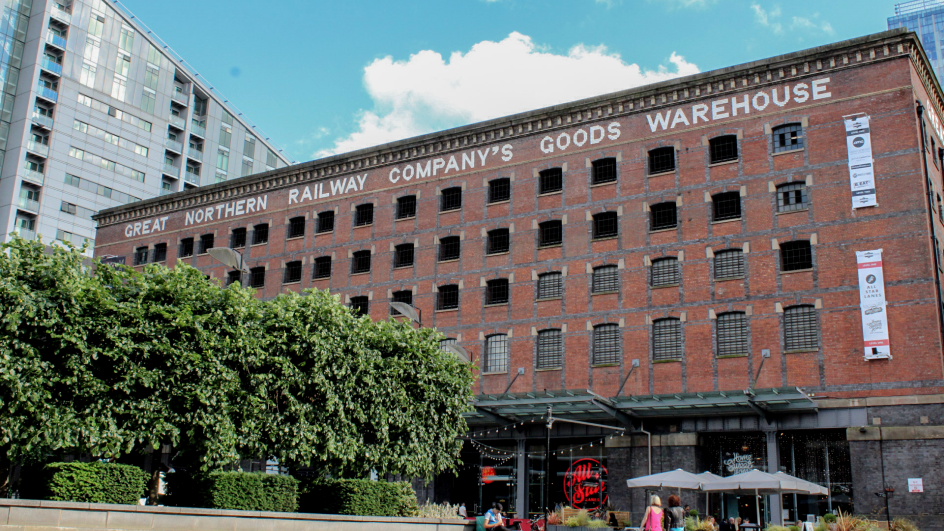
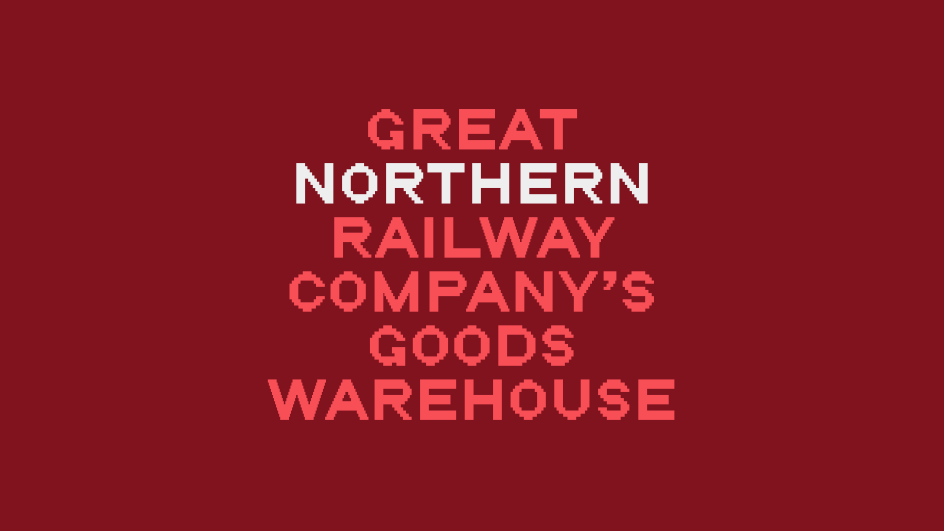
The foundry's design director, Duncan Gravestock, adds: "These letterforms are also quite a stark contrast to the ornate stone and metal lettering of the finical buildings also built around the same era, like the Northern Assurance Building."
The Great Northern Warehouse has stood in the heart of the city, just off Deansgate, since 1898 and was once one of the most advanced railway goods exchanges in the UK. Now, it serves as a familiar backdrop to all those living and passing through Manchester.
Banks and Gravestock recall many nights spent "getting drunk and making memories" in front of the Great Northern Warehouse over the years, but it wasn't until the foundry's Christmas party last year that they truly noticed and started to appreciate it.
From there, the typography project evolved, and production began early this year. Since the brick lettering only contained 19 characters, the brief was to expand the character set into upper and lower case, numerals, punctuation, and the symbology of industrial Manchester.
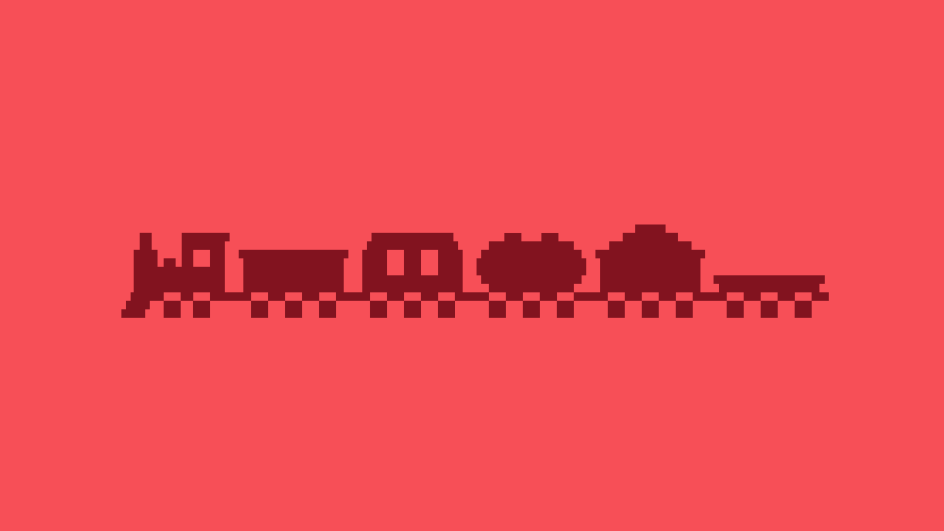
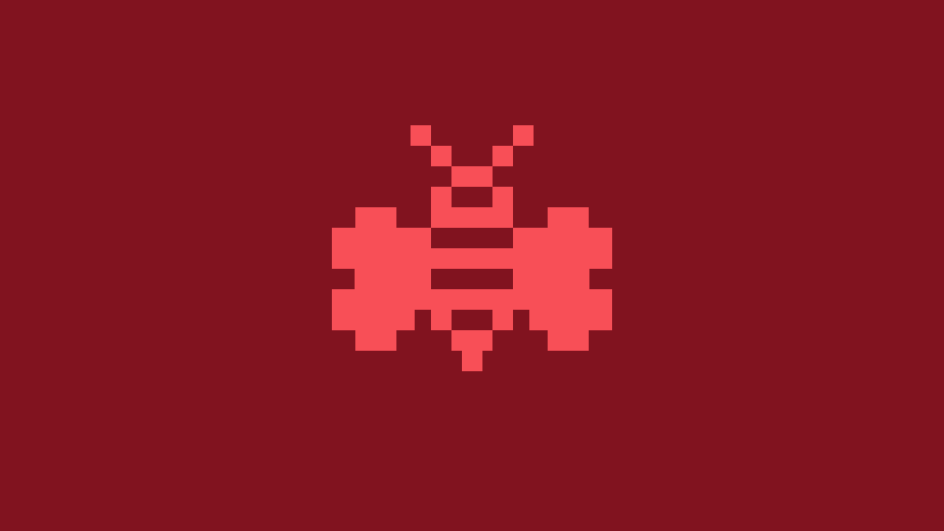
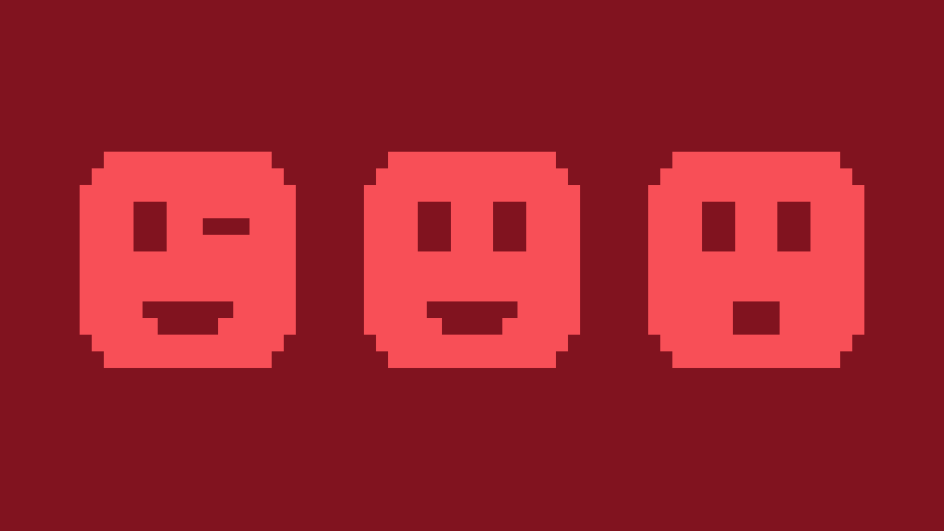
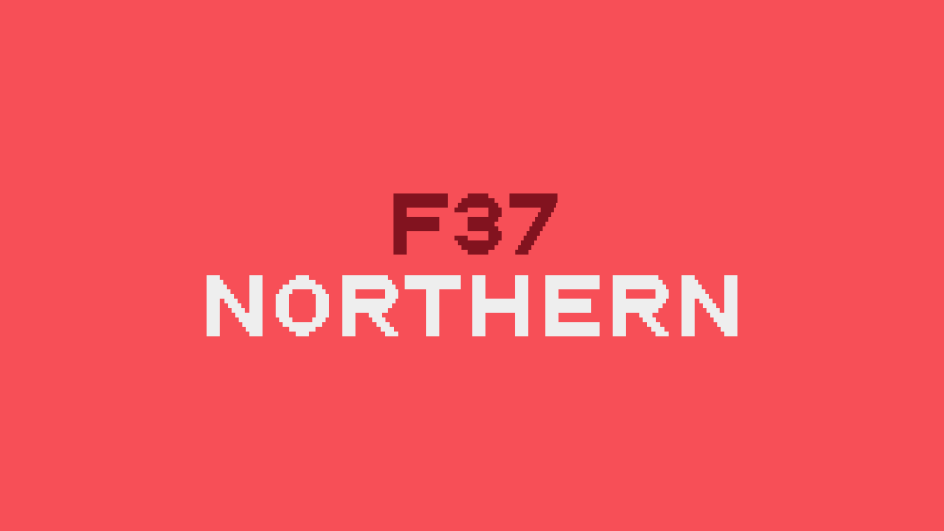
F37 also had to ensure that all characters aligned with the original brick arrangement, so the font was built off a grid to match the lettering. However, "unlike a pixel grid", says Banks, "the grid of a bricklayer is much looser".
"Figuring out a way to define this grid was the first step. Once we had made vector rectangles in the ratio of the bricks used and defined a consistent structure for how these bricks should be cut and arranged, I can imagine the process was very similar to that of the builders who installed the original lettering."
Even once the studio figured out how to approach the design process, Gravestock says it took a lot of trial and error to find the "most legible and efficient way to stack, only this time not 30 feet in the air"."
You wouldn't consider the font to be "pretty or elegant or even consistent", he explains, describing the round letters as "thin and jagged" while the straight letters feel "too bold and smooth in comparison". However, he adds that it imbues "all the charm and idiosyncrasy" often seen in industrial letterforms.
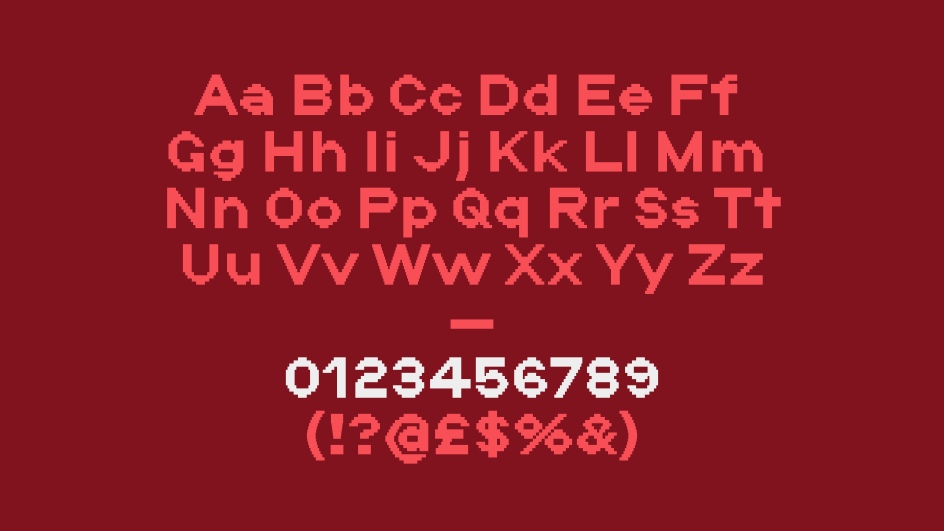
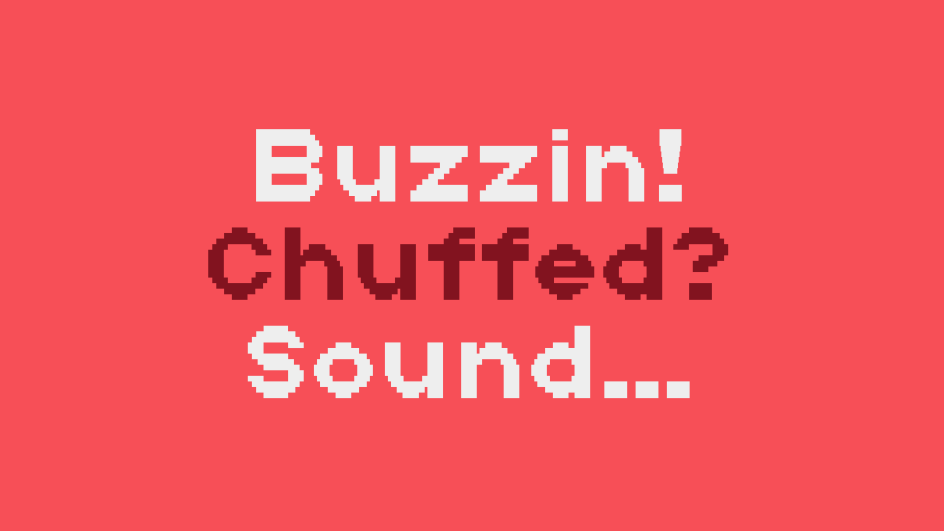
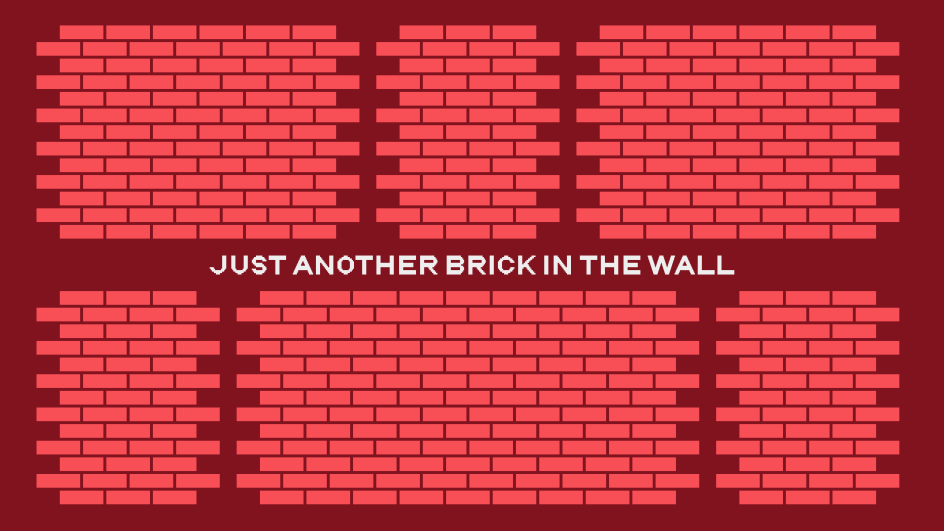
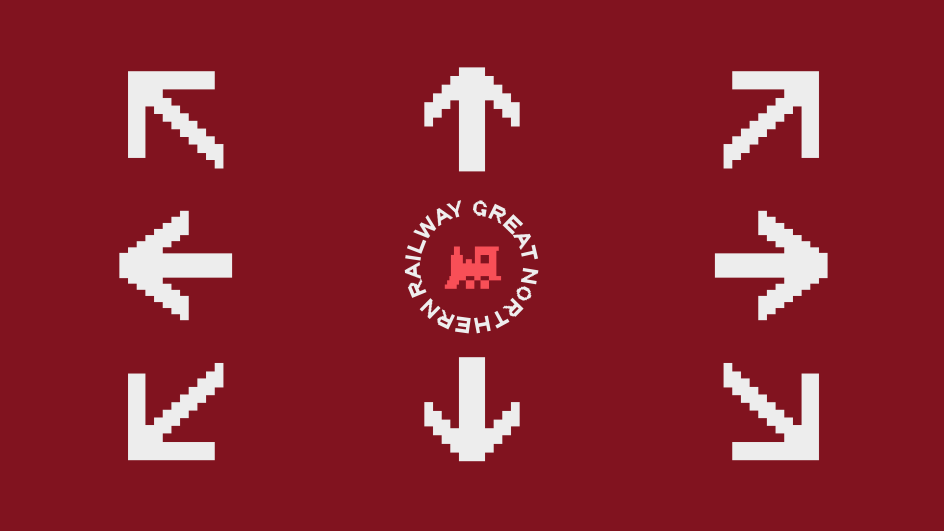
There were also tight boundaries when it came to legibility, so F37 had to "innovate in weird and wonderful ways that break modern expectations", says Banks, which is something they often do in their everyday practice.
Reviving and redesigning an existing typeface rooted in so much history comes with many challenges. To work through them, there needs to be "a constant dialogue between type designer and source material, according to Banks.
"Getting Bezier curves perfect and the meticulousness of the profession is not dissimilar to the bricklayer in the late 19th century; we just have more precise tools nowadays", he says.
There is also the question of how to retain a font's historic roots while not being constrained by the limitations of the period in which it was drawn. Gravestock says: "Even in old foundries, the letterforms were all cut by hand, and the paper and ink were not always faithful representations".
"How much of this do we keep, and how much do we 'modernise'?"

















